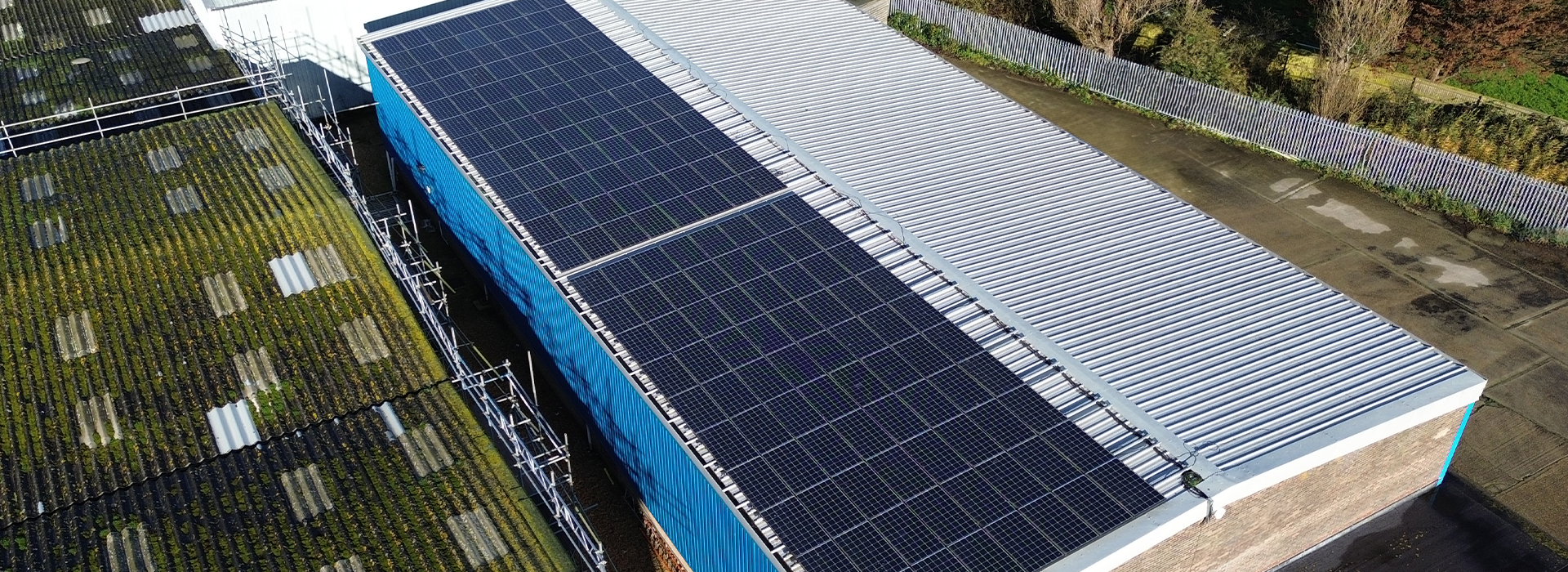In industries where working at height is essential, ensuring worker safety is a top priority. Two critical systems used to prevent falls are fall arrest and fall restraint. While both are designed to enhance safety, they serve distinct purposes. In this guide, we’ll break down the differences, advantages, and best-use cases of fall arrest and fall restraint systems.
What is Fall Arrest?
A fall arrest system is designed to stop a fall after it has occurred, preventing the worker from hitting the ground or other hazardous surfaces. It allows workers to move freely within a designated area while being protected in case of an accidental slip or misstep.
Types of Fall Arrest Systems
Personal Fall Arrest System (PFAS): Includes a full-body harness, lanyard, and anchor point that absorbs impact forces.
General Fall Arrest System: Often consists of safety nets placed below the working area to catch a falling worker.
When to Use Fall Arrest
When workers need to operate in areas where falls cannot be entirely prevented
On roofs, scaffolding, or construction sites with unprotected edges
In industries such as telecommunications, wind energy, and industrial maintenance
Pros and Cons of Fall Arrest
Protects workers even when they slip or lose balance
Allows greater mobility compared to restraint systems
Requires proper training to use correctly
A fall still occurs, posing a risk of injury from impact forces
What is Fall Restraint?
A fall restraint system is designed to prevent a fall from happening in the first place. It limits the worker’s movement, ensuring they cannot reach a fall hazard, such as the edge of a rooftop.
Types of Fall Restraint Systems
Fixed-length lanyards: Keeps the worker at a safe distance from fall risks
Adjustable lanyards: Allows movement within a safe range while preventing access to edges
Guardrails and barriers: Provide passive protection by physically blocking hazardous areas
When to Use Fall Restraint
When working near roof edges, platforms, or elevated surfaces
In situations where falls must be completely avoided rather than arrested
On low-slope roofs or maintenance work where controlled movement is needed
Pros and Cons of Fall Restraint
Eliminates the risk of falls entirely
Easier to use and requires less training than fall arrest
Limits worker mobility, making some tasks harder
May not be suitable for complex work environments
Key Differences Between Fall Arrest and Fall Restraint
The primary difference between these two systems is their purpose. Fall arrest systems stop a fall once it has happened, whereas fall restraint systems prevent a fall from occurring at all.
Fall arrest provides more mobility but still allows for the possibility of a fall, which can result in injury if the system is not used correctly. Fall restraint eliminates the risk of falling altogether but limits movement.
Which System is Best for Your Worksite?
The right system depends on the specific work environment:
If fall prevention is possible, a fall restraint system is the safer and preferred choice.
If workers must access hazardous areas where falls cannot be prevented, a fall arrest system is essential.
In some cases, a combination of both systems may be required for optimal safety.
Legal Requirements and Compliance
In the UK, fall protection is regulated under the Work at Height Regulations 2005, which require employers to minimize fall risks. The Hierarchy of Control states that fall restraint should be prioritized over fall arrest whenever possible. Ensuring compliance with BS EN 363:2018 (Personal Fall Protection Equipment) and other industry standards is crucial for workplace safety.
Conclusion
Both fall arrest and fall restraint play a vital role in height safety, but understanding their differences is key to selecting the right system. Employers must assess workplace risks and choose the most effective solution to keep workers safe.



